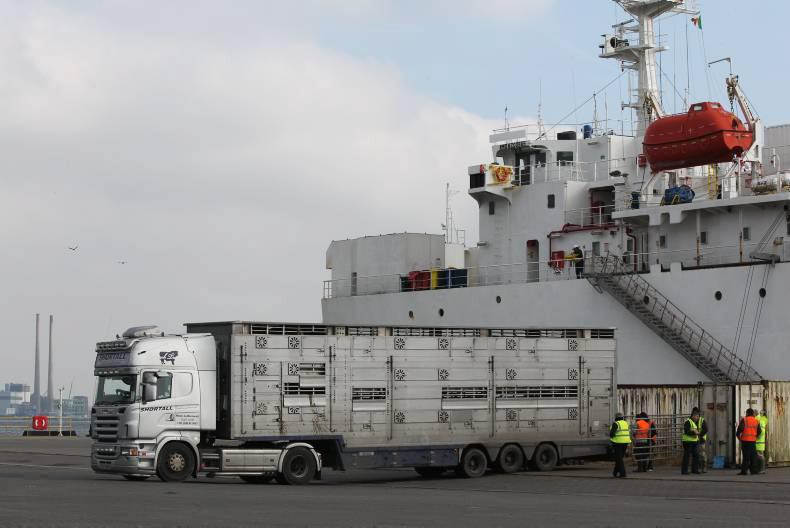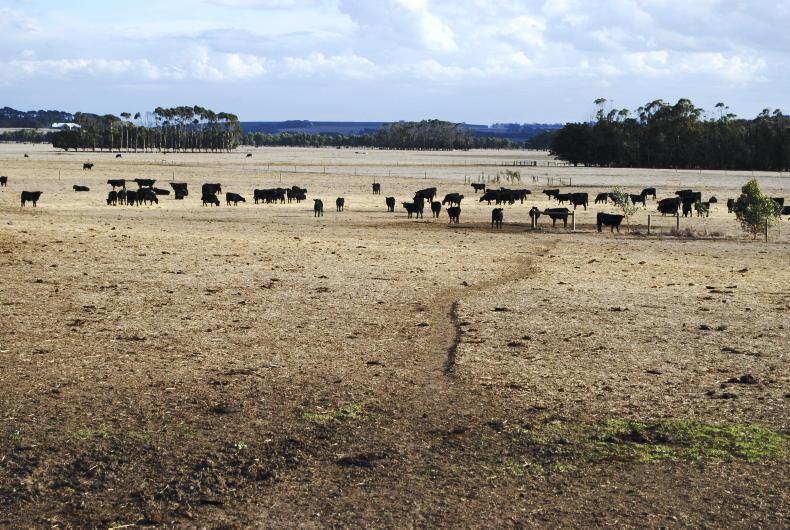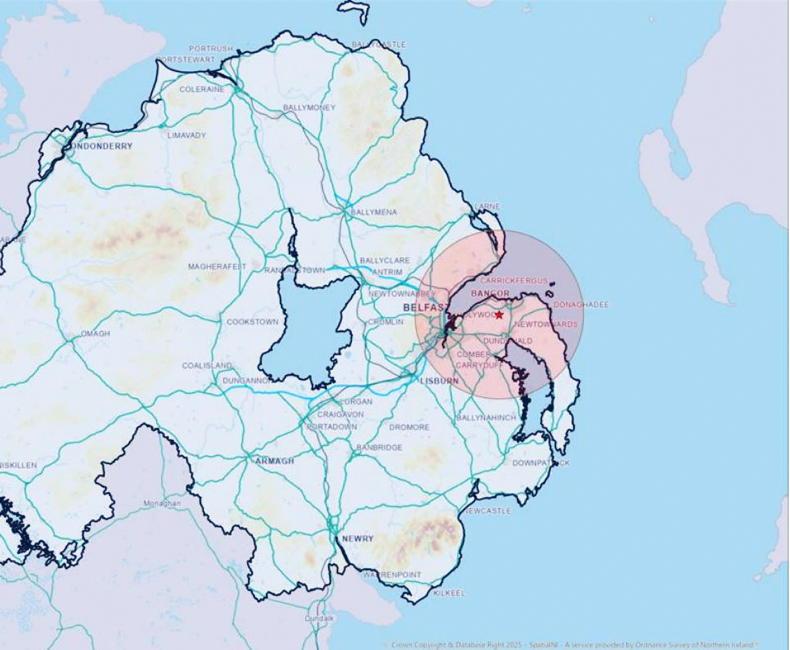Irish live cattle exports to the Middle East and North Africa have been low in recent years. Yet, these markets continue to need and import large numbers of live cattle for finishing and slaughter - just not from here.
This was one of the messages taken away by cattle exporters from a briefing on the live export trade and markets given in recent weeks by Bord Bia and the Department of Agriculture.
Total live cattle exports from Ireland in 2015 to all markets were 177,431 head, down by a quarter. Of this, exports to international markets were under 5,000 head, down from 21,000 in 2014, so therefore an even bigger drop. The decline in exports to these non-EU markets was mainly due to the relatively high prices for cattle in Ireland. In addition, some active markets remain closed to Ireland and transport costs from here are high.
Figures in the briefing, supplied by Bord Bia beef and livestock manager Joe Burke, showed that other EU member states exported far higher numbers of live cattle to the Middle East/North Africa than Ireland’s 5,000 head. France exported some 100,000 head of cattle – despite large parts of the country having bluetongue. Spain exported some 90,000 head in the first nine months of 2015. Germany and the Netherlands also exported significant numbers.
Cattle prices were lower in those countries than was the case here, for much of last year, helping to drive these exports. In addition, transport costs are lower. Cattle are shipped from the south of France and south of Spain across the Mediterranean. Exports of live cattle from the EU in 2016 will be watched with interest given the 500,000 head increase in cow numbers over the past three years.
Markets
Egypt has a population of 83m, making it a major importer of live cattle, sheep and buffalo. However, for 2014, the most recent figures available, it bought little from the EU – only 20% of its cattle imports at a value of €11.3m. It purchased live cattle all the way from South America, as well as livestock from Ethiopia and Australia. This market has just opened to Irish live cattle.
Algeria has a smaller population – at 40m – but has been a bigger buyer of live cattle from the EU, at €79.5m in 2014. France took two-thirds of this business, with most of the remainder accounted for by Austria and Germany. The trade is for cattle of around 300kg for fattening.
Morocco, with a population of 33m, purchased €34.8m in live cattle from the EU. Germany (42%) and France (22%) dominated the trade. Again, the trade is for light stores. Morocco is open to exports of Irish cattle but the trade is very small.
Tunisia has a population of 11m. It purchased €12.9m of live cattle from the EU in 2014, including €2.7m from Ireland. France dominates this trade.
Libya is a traditional customer for live cattle from the EU and remains so, despite ongoing conflict there. Cattle exports from the EU to Libya were €56.6m in 2014 and that included over 17,000 adult cattle from Ireland. In 2015, that declined to under 500 head. Libya has a population of 6.2m.










SHARING OPTIONS